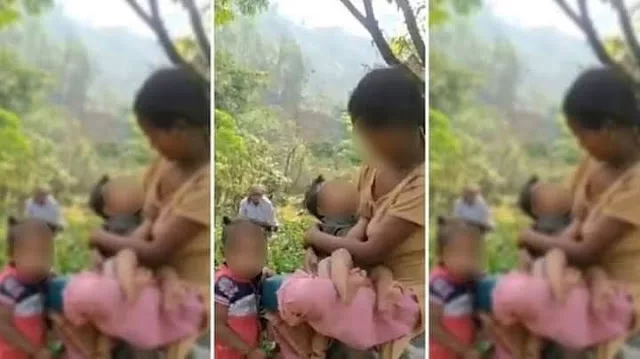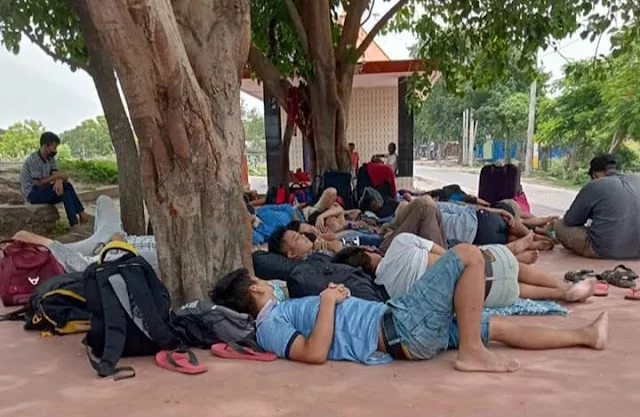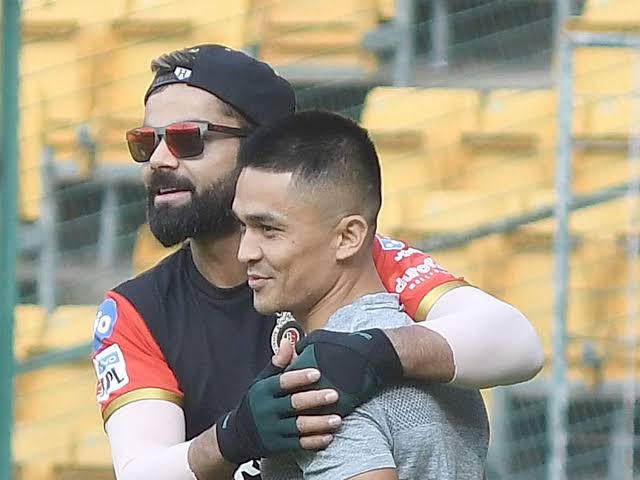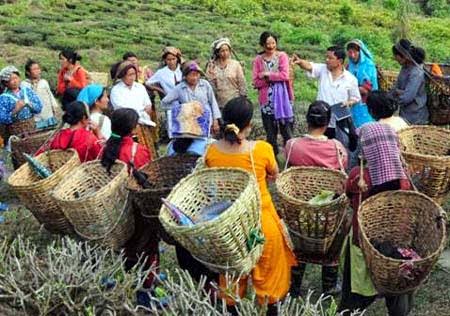Writes: Chandan Pariyar I reached Martyrdom when I chose death over escape. I was defending the dreams and aspirations of our people, even at the cost of a violent death. So when the bullets actually left the barrel, I didn’t run, I thought that my death would unite our people, and that would lead to […]
Dr Subramanian Swamy Calls for Formation of Gorkhaland Union Territory
Dr Swamy Calls for Formation of Gorkhaland Union Territory BJP Rajya Sabha MP Dr Subramanian Swamy has called for BJP to fulfill their promise, and to keep Gorkhaland as number one priority. He tweeted, “Time for the BJP to start looking at our 2014-to date the party’s organisational culture. In many. States we had made […]
Gorkhaland, a demand whose time has come
Gorkhaland, a demand whose time has come: Demand of the sons of the soil and the myths that tarnish the movement When Jamyang Tsering Namgyal of Ladakh gave one of the most passionate, factual and heart-breaking accounts of how Article 370 had kept the people of Ladakh deprived, discriminated against and treated as a second […]
गाेर्खाल्याण्ड : भुसभित्रकाे अागाे
हालै एउटा समसामयिक पत्रिकामा प्रकाशित एउटा लेख। ।। गाेर्खाल्याण्ड : भुसभित्रकाे अागाे ।। ✍ पुरण छेत्री बर्ष २०१७, दार्जिलिङबासीहरूले कहिल्यै भुल्न नसकिने बर्ष भएर गए। करिब एक चाैथाई बर्ष दार्जिलिङले हडतालमै बिताए। कतिले यी सबै घटनाहरू भुले तर बिनय – अनितलाई भने याे अान्दाेलन ढकमक्क फूले। अलिकति पृष्ठभूमि : १६ मई २०१७ मा बंगालका शिक्षा […]
No matter who loses, we, the Gorkhas, have already won
Writes: Upendra In the 2019 elections, Darjeeling Lok Sabha seat is being viewed by almost everyone interested in politics as a litmus test to adjudge if the Gorkha aspirations of having a state of our own will prevail, or if the iron will of TMC chief Mamata Banerjee to obliterate the demand forever will deal […]
What Gorkha Youth Thinks
Writes: Dibya Chhetri Gorkhaland has again become the most popular topic for discussion with the upcoming Elections in April. At every corner, you can hear people discussing whose fault was it the last time and who is to be blamed. Having failed so many times, we have even stopped learning lessons from the past mistakes. […]
GJM-Union Home Secretary Meet, Discuss Darjeeling Situation
BREAKING: GJM-Union Home Secretary Meet, Discuss Darjeeling Situation A meeting between the Gorkha Janmukti Morcha (GJM) and the Union Home Secretary was was held today at the Chambers of Union Home Secretary at North Block in Delhi. The meeting was attended by Union Home Secretary and other MHA Officials on behalf of the government, and […]
6th August a day when Gorkhaland was defeated in 2017
Press Release We fought a leaderless battle. 6th August is day when Gorkhaland was defeated in 2017. This exact day, the aspiration of thousands washed off, when the so called brave leader of Gorkhas, Bimal Gurung ran for his life making mockery out of the sacrifices given by the martyrs. He chose his personal wellbeing […]
From Gorkhaland to GTA and then to Greenfield: A Road to Serfdom
Writes Pratik Rumba for YKA “For a colonized people the most essential value, because the most concrete, is first and foremost the land: the land which will bring them bread and, above all, dignity.” – Frantz Fanon, The Wretched of the Earth. Activists of Gorkhaland Sanyukta Sangharsh Samiti shouting slogans during their demonstration at Jantar […]
A crisis within crisis: The fault line of India’s longest statehood demand- Gorkhaland
By SHWETA RAJ KANWAR 100 years and more, the longest statehood demand in India’s history, the demand for Gorkhaland has, many times reached its peak; and yet has always come tumbling down. Time and again, the unfulfilled aspirations have been doused by temporary promises and in 2017, the ‘Queen of Hills’ was under siege as […]
Whom Shall We Remember Today?
Writes – Jyoti Thapa Mani “A nation’s culture resides in the heart and soul of its people” -Mohandas Karamchand Gandhi 1869-1948 For the last two years, I have been penning Independence Day articles for TheDC, hailing heroes and heroines from the Indian Gorkha community who fought for India’s freedom. This year I feel a vacuum. […]
Properties of fugitive Gorkha leaders Bimal Gurung, five others attached to cases
Properties of fugitive Gorkha leaders Bimal Gurung, five others attached to cases Writes: Pramod Giri Darjeeling district police and West Bengal’s Criminal Investigation Department have started attaching the properties of fugitive Gorkha Janmukti Morcha (GJM) leaders, including Bimal Gurung, who led a failed movement aimed at securing a separate state of Gorkhaland. A three-storeyed house […]
Bimal Gurung faction meets Rajnath, seeks panel on Gorkhaland
“GJM has been an alliance partner of BJP in NDA. In its manifesto for the last two general elections of 2009 and 2014, the BJP had stated that it will ‘sympathetically examine and appropriately consider the long pending demand of Gorkhas and Adivasis’. We would therefore now appeal to you to take this assurance of […]
Morcha to organise public meetings from July 8
Darjeeling : The Gorkha Janmukti Morcha has lined up a series of public meetings in the hills from July 8, the decision coming in the wake of its arch rival GNLF discarding the state government-formed Hill Area Development Committee (HADC). Mann Ghisingh, the president of the GNLF, had recently resigned from the post of the […]
REMEMBERING THE MARTYRS OF GORKHALAND AGITATION
REMEMBERING THE MARTYRS: “I regret that I have only one son to sacrifice for Gorkhaland” – The Gorkha Mother Writes: Chandan Pariyar Every time a gust of smoke comes out of the barrel of a gun, its ominous sound, floating with the clouds, worried hearts beat faster, but somewhere, the heart of a mother bleeds […]
HILLS STILL MOURNING
Writes Swadhin Rai “They said fight and many lost their lives leaving families devastated. We lost our dignity; lost the battle and sold our soul, yet we denied. Time and again we hated the policies and the dividing intention of Mamta Government, when in fact the problem was always with us. Then again they sponsored […]
Paradoxically Popular: Poisoned People, Polluted Politics
Writes: Vanira Khati The Chief Minister of West Bengal declared, ‘ Pahaad Haaschey !’ and to elucidate the point she put up huge digitally printed banners across the length and breadth of the State with her own ‘haaschey ‘ face. While here in Darjeeling our own Pahaad hasaaunchey GNLF politicians Aapa ko chora Mann Ghising […]
Rajiv Gandhi’s Darjeeling visit during 1986 Gorkhaland agitation
REMEMBERING: Rajiv Gandhi During the height of Gorkhaland andolan in 1986-88 the then Prime Minister Shri. Rajiv Gandhi had visited Darjeeling… But that was the time when Shri. Subash Ghising’s GNLF ruled the roost… and the GNLF had called for a boycott of the Prime Minister due to the atrocities meted out against us by […]





